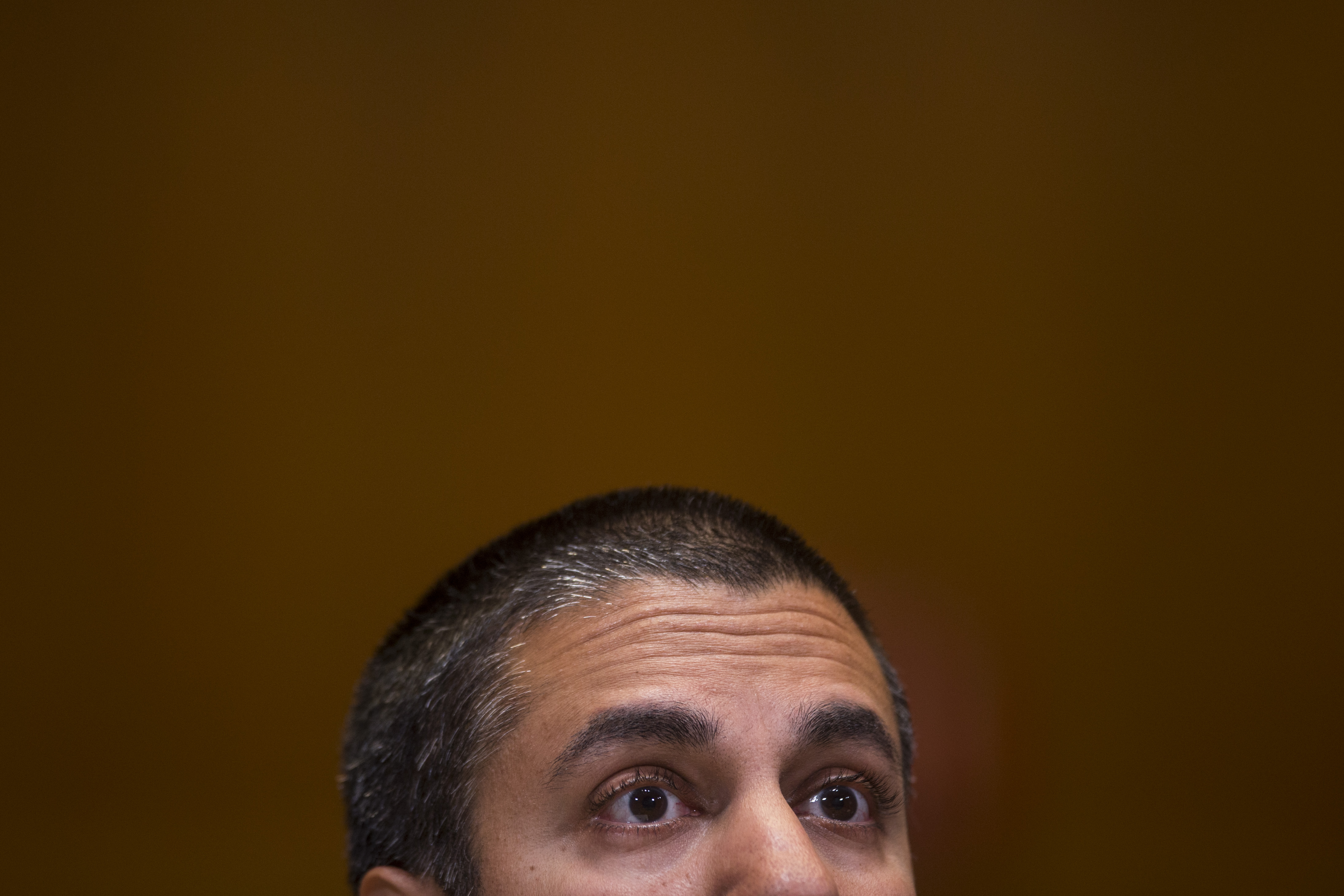FCC Study Declares US Broadband Is Wonderful, Nothing to See Here

Credit to Author: Karl Bode| Date: Thu, 24 Oct 2019 13:08:10 +0000
A new FCC report released this week insists that there’s little wrong with the broadband industry, and downplays the competition and broadband deployment issues that have plagued the U.S. telecom sector for the better part of two decades.
Section 706 of the Telecommunications Act of 1996 requires the FCC annually determine “whether advanced telecommunications capability is being deployed to all Americans in a reasonable and timely fashion.” If it’s not, the FCC is supposed to actually do something to try and fix the problem.
But in years when the broadband industry has undue influence over the agency—indisputably the case during the tenure of FCC Commissioner Ajit Pai—the FCC historically tends to release reports that downplay or simply ignore the sector’s worst problems, including high prices or the sketchy availability of faster broadband at speeds of 100 Mbps or higher.
The FCC’s latest report, released this week, was no exception. The report found that the number of Americans lacking access to fixed broadband (defined by the FCC as 25 Mbps downstream, 3 Mbps upstream) had fallen from 26.1 million to 21.3 million in the last year—an 18 percent decrease.
The study insists that this fairly predictable growth was thanks to recent controversial FCC policies—such as killing net neutrality and the erosion of FCC authority over telecom giants like Comcast.
“Recently, the Commission has found that its efforts to remove barriers to broadband investment and promote competition in the telecommunications marketplace are enabling service providers to extend the reach of broadband networks to previously unserved areas in all corners of the nation,” the FCC declared.
Pai issued a statement that echoed the claim.
“Since I became Chairman in January 2017, the Commission’s top priority has been to close the digital divide, and the evidence demonstrates that we are moving in the right direction,” he said. “In 2018, fiber was deployed to more American homes than any year before. And broadband investment increased in 2017 and 2018, after falling in 2015 and 2016."
But there’s several problems with Pai’s claims. For one, experts say the spike in fiber deployments in 2018 was largely thanks to fiber deployment conditions affixed to AT&T’s 2015 merger with DirecTV, imposed by the previous FCC. Those conditions required AT&T deploy an additional 3 billion fiber lines annually and 12.5 in total, contributing to the 2018 spike.
Meanwhile, Pai’s repeated claims that network investment dropped in 2015 and 2016—only to spike when net neutrality was repealed—were recently disproven by one of the biggest studies of broadband industry investment ever undertaken. The study found that the FCC’s repeal of popular consumer protections had absolutely no meaningful impact on investment.
Gigi Sohn, a former FCC lawyer, told Motherboard in a statement that the agency’s rosy assessment of US broadband was based on historically flawed data. The telecom industry has routinely lobbied against efforts to improve broadband mapping, given better maps would only highlight the industry’s obvious competition and deployment issues.
“How can the FCC purport to determine whether broadband is ‘being deployed to all Americans in a reasonable and timely fashion’ when it, and just about every other interested policymaker have declared that the data upon which the agency relies to make this determination is hopelessly flawed?” she said.
“The answer is that it can’t. But that won’t stop this FCC majority from prejudging the matter and deciding, against all reason, that ‘all’ Americans have adequate access to broadband,” Sohn added.
A recent Microsoft study found that the FCC routinely and dramatically overstates broadband availability by relying on rosy and frequently unverified data provided by industry via the FCC Form 477 program. Under FCC methodology, the FCC also declares that entire census blocks are “served” with broadband if just one home in the area has service.
While the FCC recently voted to at least start taking a look at better broadband mapping technology, it could take years before those efforts are actually solidified. In the interim, the FCC is justifying its hands off approach to consumer protection using data that’s largely inaccurate.
“I believe the FCC got this wrong,” FCC Commissioner Jessica Rosenworcel said in a statement disputing the FCC’s findings. “The evidence is all around us. Too many Americans lack access to high-speed service at home. Too many communities across the country are struggling to secure the broadband they need for economic revitalization and growth.”
Another problem with the report is that the FCC takes credit for broadband growth driven by policies it has routinely opposed. For example, much of the 2018 growth in fiber deployment was courtesy of the grass roots, community-run broadband networks the FCC has both maligned and attempted to outlaw at industry behest.
All told, the FCC’s annual report acts less as an accurate portrayal of US broadband availability and speeds, and more as massaged justification for the FCC’s refusal to hold natural telecom monopolies accountable for poor broadband service and deployment shortcomings.
This article originally appeared on VICE US.